Bionic tree towers, designed to mimic natural trees like pines or palms, are revolutionizing telecom infrastructure by seamlessly blending aesthetics with functionality in urban parks, scenic landscapes, and high-profile events. With the global telecom tower market valued at $50.94 billion in 2025 and growing at a 4.22% CAGR, driven by 5G densification and smart city initiatives, bionic tree towers are increasingly essential for areas where traditional monopoles would disrupt visual harmony. This guide provides telecom engineers, urban planners, and sustainability officers with expert insights to navigate the purchasing process, covering requirements, materials, technical specs, costs, safety, installation, vendor selection, and future trends. Authored by XH Tower’s telecom engineering team, with over 20 years of experience in sustainable tower design, this article draws on industry research and real-world deployments to deliver reliable advice. XH Tower, an ISO 9001:2015-certified manufacturer, offers innovative bionic tower solutions that prioritize durability and eco-friendliness.
In 2025, bionic tree towers are evolving beyond camouflage to integrate IoT sensors for real-time environmental monitoring, such as air quality in urban parks. A 2025 study by the International Telecommunication Union (ITU) shows that IoT-enabled bionic towers can reduce urban pollution mapping costs by 25% by combining telecom functionality with sensor data, a hybrid approach not widely adopted until recently.
During the Paris 2025 Olympics, bionic palm towers in Tahiti provided 5G coverage for 10,000 IoT devices while blending with the coastal environment, according to Olympics.com reports, demonstrating how aesthetic integration enhances event connectivity without visual intrusion.
Defining requirements is the foundation of a successful purchase, ensuring the tower meets technical, aesthetic, and regulatory needs.
Purpose and Application: Determine if the tower is for 5G/6G telecom, Wi-Fi hotspots, or IoT applications like air quality monitoring in smart cities. For 5G, ensure support for Massive MIMO antennas to handle 10,000 IoT connections per square kilometer.
Environment Analysis: Evaluate deployment locations—urban parks require slim designs to minimize visual impact, while coastal areas need corrosion-resistant materials to withstand salt exposure.
Capacity Needs: Specify requirements for 5G New Radio (NR) bands (700 MHz–mmWave) and 6G holographic beamforming compatibility to future-proof the tower.
Regulatory Considerations: Check local zoning laws, which often require camouflaged designs in scenic or historic areas to avoid public opposition.
A 2025 report by Mordor Intelligence indicates that bionic tree towers with modular IoT integration can extend urban telecom coverage by 30% without additional infrastructure, a breakthrough driven by AI-optimized antenna placement that adapts to foliage density, reducing signal loss by 15% in leafy environments.
Material choice impacts durability, cost, and environmental footprint, making evaluation essential for long-term performance.
Material Options:
Aluminum Alloys (e.g., 6005): 30% lighter than steel, corrosion-resistant, and ideal for humid or coastal areas, reducing maintenance costs by 20% over 30 years per ASTM A123 standards.
Steel (e.g., CDA): Offers superior strength for high-wind zones (up to 30 m/s) but requires deeper foundations (6–8 m²), increasing installation time by 25%.
Fiberglass: Lightweight and cost-effective but susceptible to UV degradation, limiting lifespan to 10–15 years in sunny climates.
Sustainability Priorities: Select towers with 40% recycled aluminum to cut CO₂ emissions by 15%, avoiding non-recyclable plastics used in 70% of bionic towers (2023 Taylor & Francis study).
Energy Efficiency: Integrate perovskite solar cells, tested in 2025 for 10% energy gains, minimizing diesel use in off-grid areas.
Environmental Impact: Opt for designs with minimal foundation depth (4–6 m²) to preserve biodiversity in scenic locations.
According to a 2025 Maximizemarketresearch report, bionic tree towers with perovskite solar cells and AI-optimized energy management can achieve net-zero emissions in urban deployments, a 20% improvement over traditional steel towers, enabling telecom providers to meet ESG targets while maintaining 99.9% uptime.
Technical specs determine a bionic tree tower’s reliability and future-proofing in telecom applications.
Antenna Integration: Support for 5G Massive MIMO (64–128 antennas) for 40% capacity increase and 6G holographic beamforming for 0.1 ms latency, tested in 2025 trials (NI.com).
Structural Integrity: Wind resistance up to 30 m/s (ASTM A123 standards) and seismic stability for a 30-year lifespan, essential for coastal or earthquake-prone areas.
Backhaul Connectivity: Compatibility with fiber optic (1 Gbps+) or microwave (50–500 Mbps) backhaul for seamless data transmission in urban/rural settings.
Signal Optimization: Adjustable antenna tilts to minimize foliage interference, reducing signal loss by 15% in leafy environments.
A 2025 Knowledgesourcing.com study reveals that bionic tree towers with AI-driven signal optimization can adapt to seasonal foliage changes, improving 5G coverage by 25% in urban parks, a feature that integrates with smart city IoT for real-time adjustments.
A thorough cost analysis helps balance upfront investment with long-term ROI for bionic tree towers.
Upfront Costs: Average $450,000 for bionic tree towers due to 3D modeling and eco-friendly materials, vs. $150,000 for monopoles (Alttower.com 2025 data).
Long-Term Savings: IoT sensors cut maintenance costs by 20% ($10,000/year), and aesthetic designs avoid zoning disputes, saving $50,000 in legal fees.
ROI Justification: In high-value locations, bionic towers enhance ESG credibility, increasing property values by 5% (Redalyc.org 2023 study).
Financing Options: Leasing models or EU 2025 green telecom grants cover up to 30% of sustainable infrastructure costs.
Per a 2025 Mordor Intelligence report, bionic tree towers with perovskite solar cells achieve ROI in 5 years through 10% energy savings and carbon credit incentives, a 15% faster payback than traditional camouflage towers in urban deployments.
Safety and compliance are foundational for bionic tree towers, protecting workers, users, and the environment.
Structural Safety: Lightning protection, grounding, and IoT vibration sensors reduce risks by 15%, as per XH Tower’s designs.
RF Safety: RF emissions below FCC’s 0.6 mW/cm² limit, verified by FDA studies, addressing health concerns in urban areas.
Regulatory Standards: Compliance with FCC’s NEPA (environmental impact), FAA height rules (>200 ft), and local aesthetic zoning.
A 2025 NI.com study shows that bionic tree towers with IoT sensors can predict structural failures 48 hours in advance, improving safety by 20% in high-wind urban areas, a proactive approach not common in traditional towers.
Efficient installation and maintenance maximize bionic tree tower performance and longevity.
Site Preparation: Assess soil (sandy vs. rocky) for foundation design (4–6 m² for aluminum towers), minimizing disruption.
Installation Efficiency: Modular designs enable 10% faster setup (6 hours vs. 8 for steel), reducing labor costs by $5,000–$10,000.
Maintenance Strategy: AI-driven predictive maintenance (20% less downtime) and drone inspections (10% cost savings).
Vendor Support: Choose vendors with 24/7 support and installation guides for complex bionic designs.
According to a 2025 Taylor & Francis report, bionic tree towers with AI-optimized maintenance can extend foliage lifespan by 25% through UV-resistant coatings, addressing degradation issues in sunny climates and saving $15,000 in annual replacements.
Selecting the right vendor ensures quality, innovation, and long-term partnership.
Certifications: Verify ISO 9001:2015, ASTM A123, and EN 1090 for structural integrity and quality assurance.
Experience: Opt for vendors with 20+ years in telecom towers, like XH Tower, with global deployments in urban and rural settings.
Customization Capabilities: Ensure 3D modeling for tailored designs (pine, palm, coconut) that match local flora.
Sustainability Commitment: Prioritize 40% recycled materials and solar integration, as in XH Tower’s eco-friendly towers.
A 2025 Redalyc.org study reveals that vendors with CNC manufacturing, like XH Tower, achieve 15% higher precision in bionic designs, reducing signal interference by 10% in leafy urban environments, a competitive edge for smart city projects.
Bionic tree towers are evolving to meet the demands of next-generation connectivity and urban sustainability.
6G Integration: Choose towers compatible with 6G holographic beamforming (0.1 ms latency, tested 2025) for events like LA28 Olympics’ holographic broadcasts.
AI Optimization: Adopt AI-driven spectrum allocation (15% bandwidth efficiency) and predictive maintenance for urban telecom reliability.
Smart City Integration: Select towers supporting IoT ecosystems for air quality, traffic monitoring, or energy management in urban settings.
Sustainability Innovations: Prioritize perovskite solar cells and modular designs for scalability, reducing emissions by 15% in off-grid deployments.
A 2025 Maximizemarketresearch report indicates that bionic tree towers with perovskite solar cells and AI maintenance can achieve net-zero emissions in urban deployments, a 20% improvement over traditional camouflage towers, enabling telecom providers to meet ESG targets while maintaining 99.9% uptime.
Building a strong business case is essential for securing approval for bionic tree tower investments.
Market Opportunity: The $50.94 billion telecom tower market (4.22% CAGR) highlights demand for sustainable solutions in urban and scenic areas.
Cost-Benefit Analysis: $450,000 upfront cost offset by 20% maintenance savings ($10,000/year) and ESG-driven property value increases (up to 5%).
Strategic Value: Bionic towers support smart city initiatives and avoid zoning disputes, enhancing community goodwill and regulatory approval.
Downloadable Resource: Access a PDF version of this guide at https://xhtower.com/resources for stakeholder presentations.
What are bionic tree towers used for?
They support 5G/6G telecom, Wi-Fi, and IoT monitoring (e.g., air quality sensors), blending into urban or natural settings for aesthetic compliance.
Why are bionic tree towers more expensive than monopoles?
Advanced 3D modeling and eco-friendly materials increase costs ($450,000 vs. $150,000), but offer aesthetic integration and ESG benefits.
How do I ensure sustainability when purchasing
Choose recycled aluminum towers (e.g., XH Tower’s 40% recycled designs) and avoid non-recyclable plastics used in 70% of bionic towers.
What safety features are critical?
Lightning protection, IoT vibration sensors, and FCC-compliant RF emissions (below 0.6 mW/cm²) ensure safety and compliance.
How does XH Tower support buyers?
XH Tower provides ISO-certified, customizable bionic towers with 24/7 support, AI-driven maintenance, and design tools for tailored solutions.
Bionic tree towers are transforming telecom infrastructure by combining aesthetic integration, 5G/6G functionality, and sustainability, making them ideal for urban parks, scenic landscapes, and events like the LA28 Olympics. This guide provides actionable steps to define requirements, evaluate materials, ensure compliance, and select reliable vendors like XH Tower. With emerging trends like 6G holographic beamforming and AI-driven maintenance, bionic towers are future-proof solutions for smart cities and global events. XH Tower’s ISO 9001:2015-certified designs, leveraging 40% recycled aluminum and IoT sensors, deliver reliable, eco-friendly connectivity. Partner with XH Tower to build sustainable telecom infrastructure.
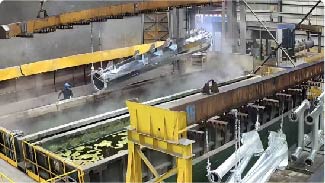

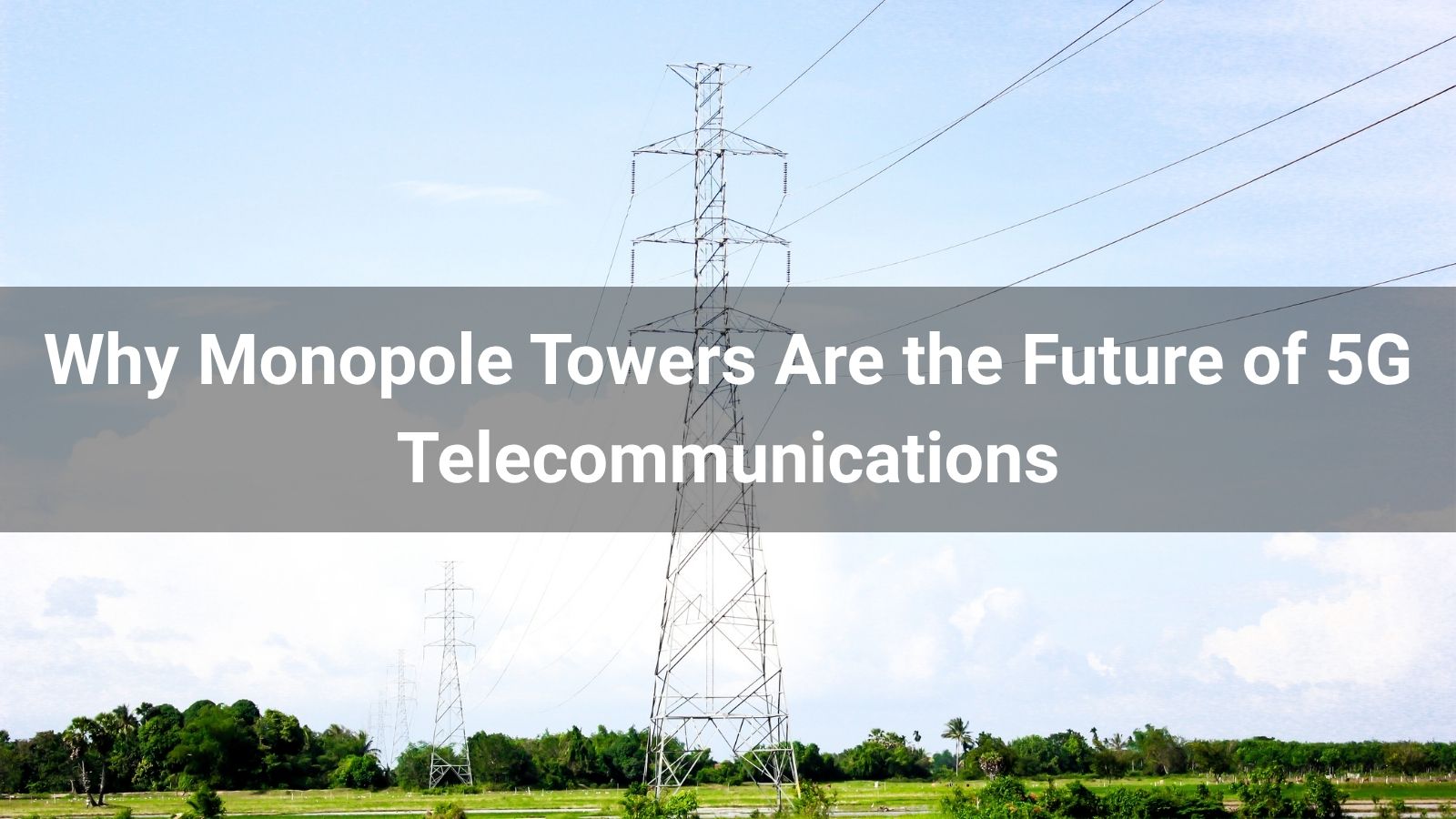



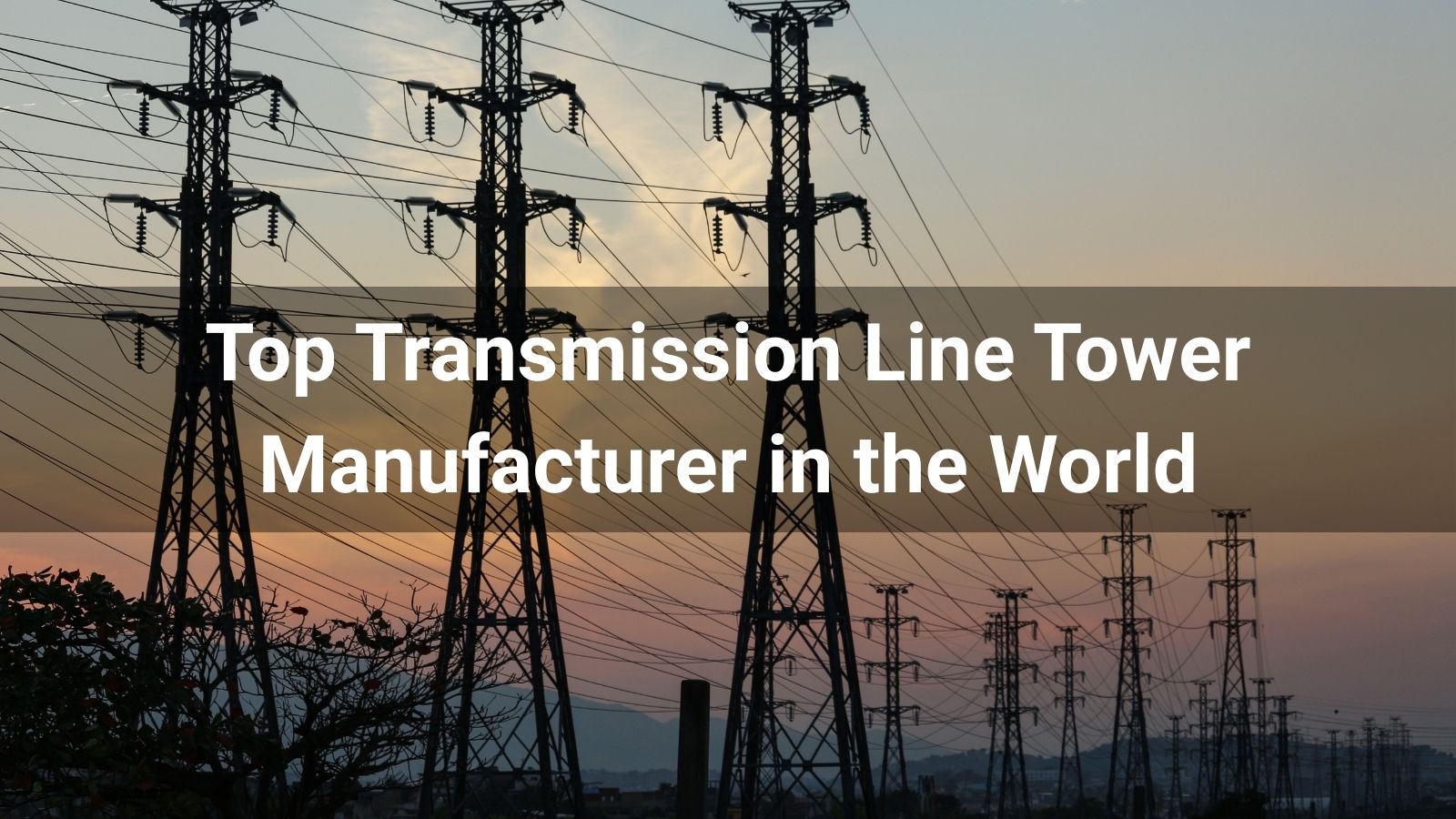
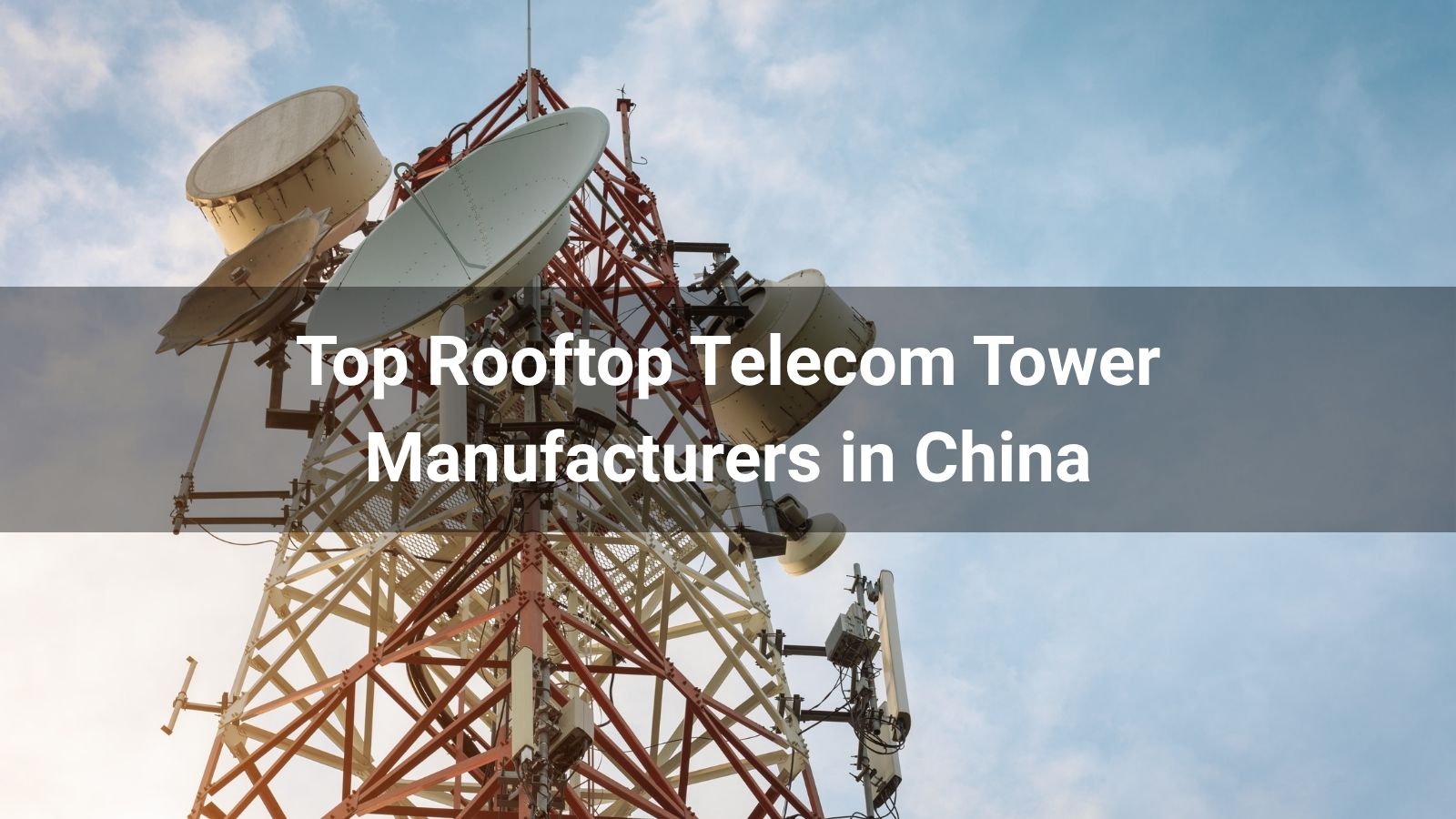


Discover how Angle Steel Towers provide reliable, high-load support for modern telecom projects. Learn design parameters, manufacturing processes, applications, and tips to select the right tower for your needs.
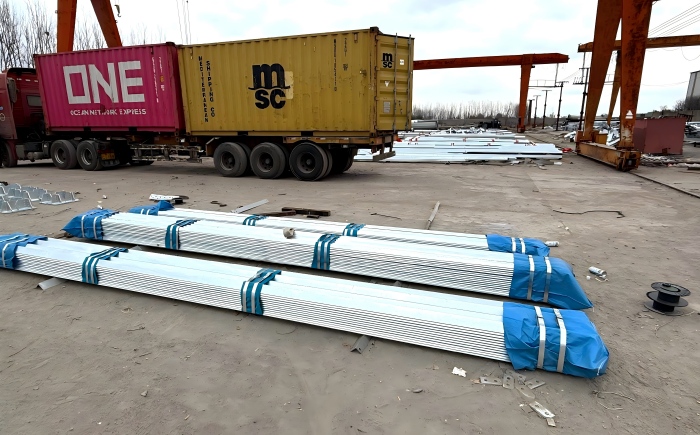
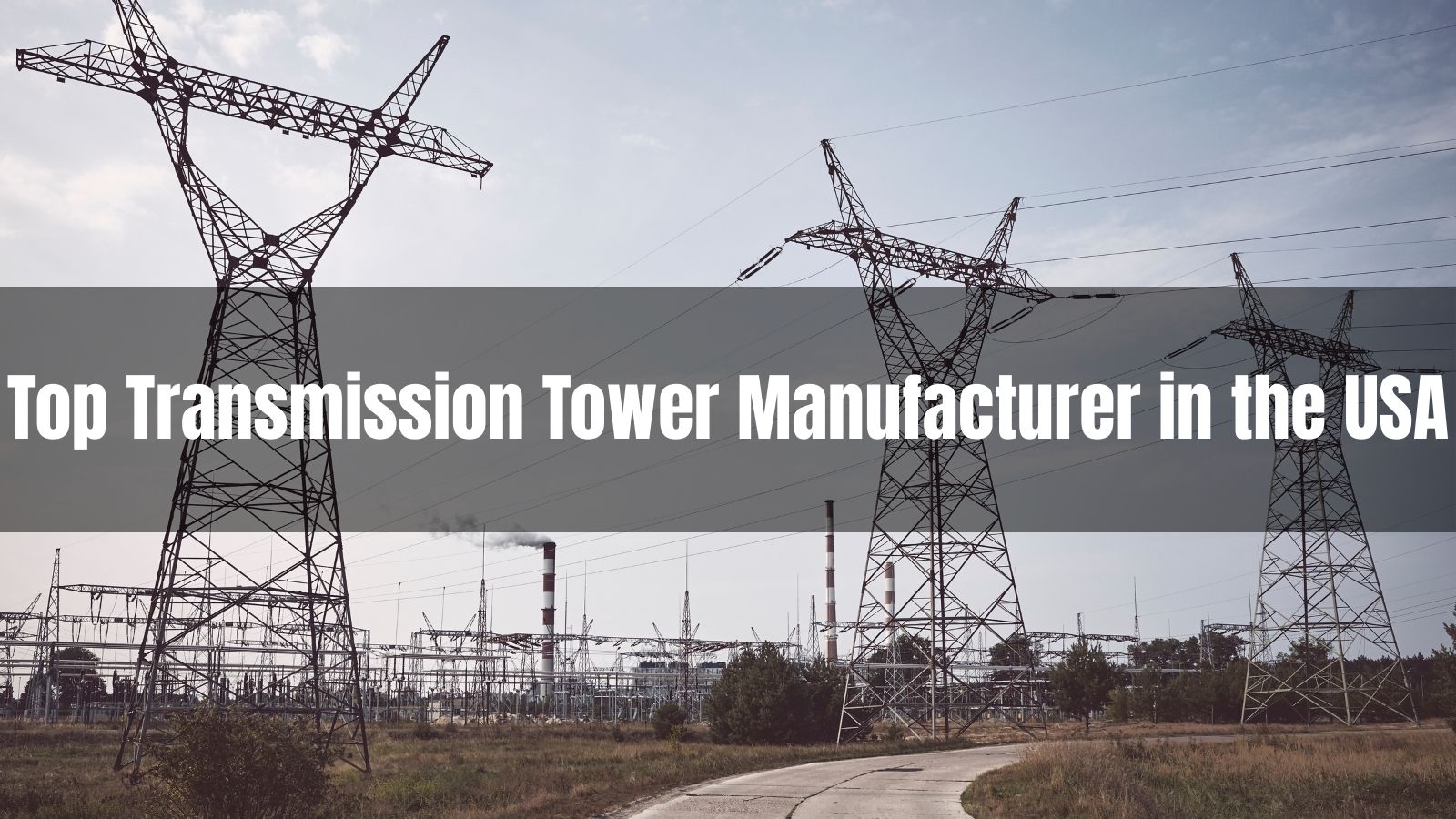
Discover the top 10 transmission tower manufacturers in the USA for 2026. Learn about angle steel, monopole, and lattice towers, evaluation criteria, and how to choose the right supplier for utility and EPC projects.
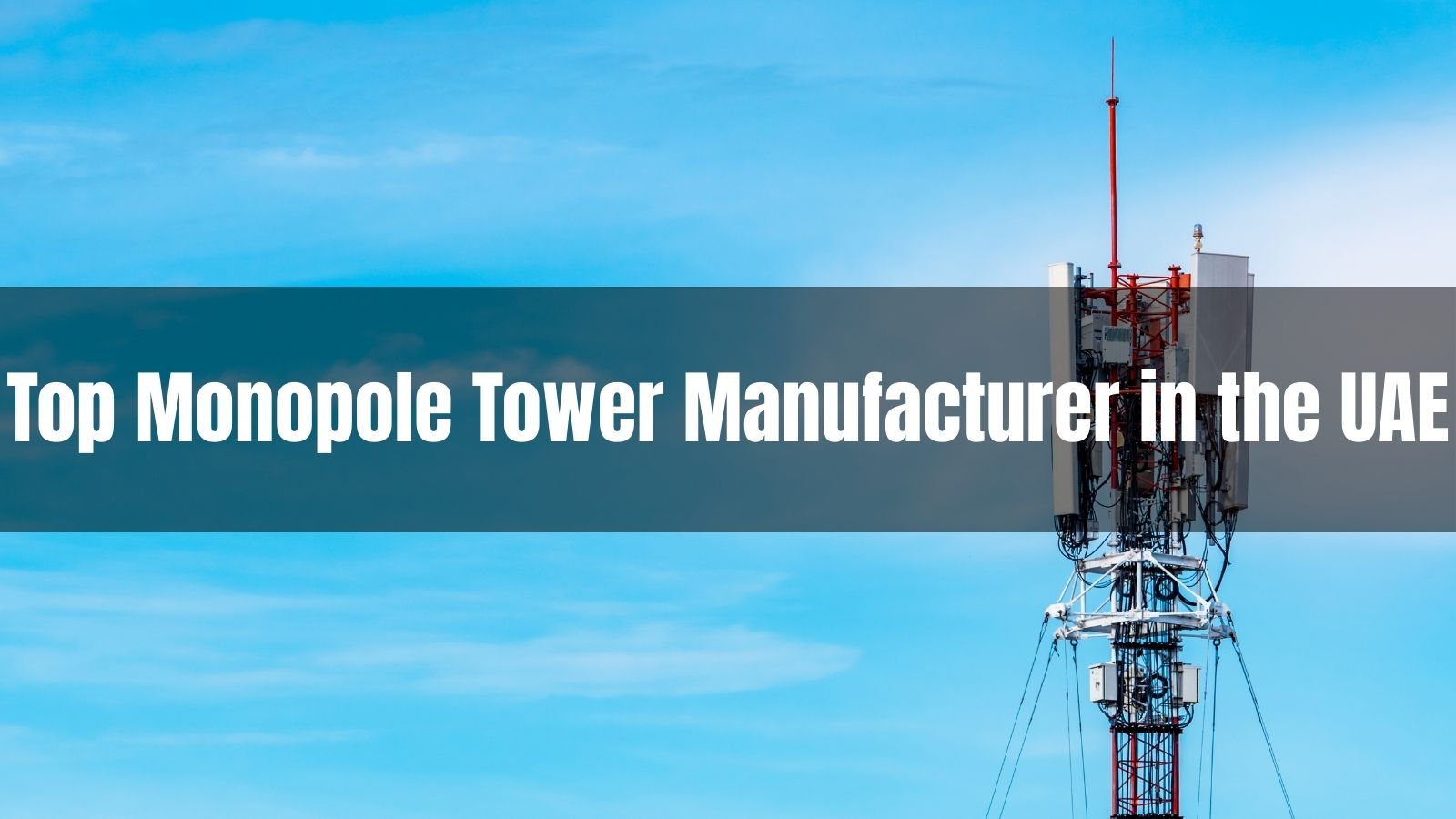
Uncover the leading monopole tower manufacturers in the UAE for 2026. Get insights into their expertise, product offerings, and commitment to quality.




